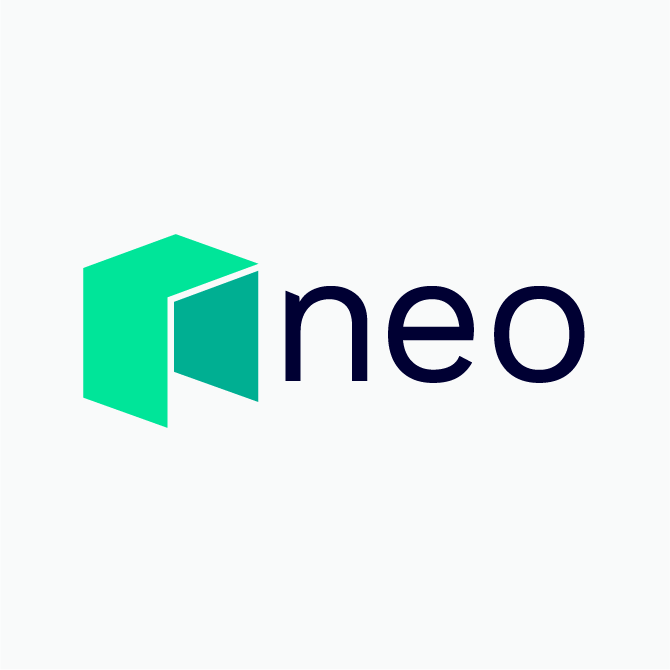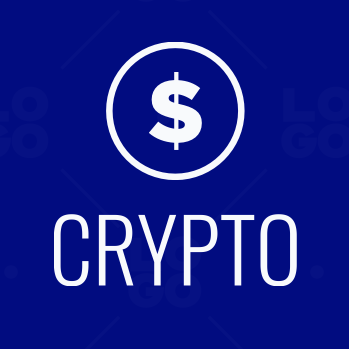Neo (NEO), often referred to as “China’s Ethereum,” is a blockchain platform designed to create a smart economy through digitized assets, digital identities, and smart contracts. Unlike many decentralized blockchains, Neo was developed with regulatory compliance in mind and remains one of the few digital assets legally accepted in China.
History and Evolution of Neo
Neo was launched in 2014 by Chinese developers Da Hongfei and Erik Zhan under the name Antshares, making it China’s first public blockchain. The project was rebranded to Neo in 2017, marking a shift towards broader international adoption and a commitment to powering a smart economy through blockchain technology.
vision centered on the idea of “EcoBoost” — providing the tools, infrastructure, and incentives for developers to build and scale decentralized applications (dApps) and smart contracts.
Also read: How to Stake Ethereum on Coinbase: Everything You Need to Know
Smart Contracts and Developer Flexibility
makes building smart contracts accessible by supporting multiple programming languages, unlike Ethereum’s reliance on Solidity. This flexibility opens the door for a diverse global developer community.
smart contract infrastructure also enables digitized identity verification and asset management, creating a seamless bridge between traditional finance and decentralized technologies.
Neo3 (N3) Upgrade: A Major Leap Forward
To enhance scalability, interoperability, and governance, underwent a major upgrade known as Neo N3. This iteration includes features like a new governance model, enhanced cross-chain compatibility, and increased transaction throughput.
N3 also enables improved security, faster performance, and more developer tools, positioning to meet future demand while remaining user- and regulator-friendly.
Neo vs Bitcoin and Ethereum
Neo differs significantly from Bitcoin, which is a decentralized currency focused on value transfer through mining. is non-mineable and operates under a centralized model, designed to comply with government regulations.
While often compared to Ethereum, is indivisible and uses a dual-token model:
- NEO is the governance token
- GAS is the utility token used for network fees
Ethereum allows for fractional units and is more decentralized, but compliance-first approach gives it an edge in regulated markets.
The NEO and GAS Token Ecosystem
The ecosystem revolves around two tokens:
- NEO: Indivisible and used for voting and governance
- GAS: Used for transactions and network operations
While has a capped supply of 100 million tokens, GAS is generated through block confirmations and can be traded or converted into . This dual-token model allows users to earn GAS by holding , adding a passive income feature to the platform.
Advantages Over Other Blockchain Networks
Neo offers several unique benefits:
- Regulatory Compliance: Approved by Chinese authorities
- Multi-language Support: Developers can use C#, Python, and more
- Ongoing Development: Continuous upgrades like N3 ensure long-term relevance
- Full-stack Ecosystem: Infrastructure, grants, and marketing support for dApps



